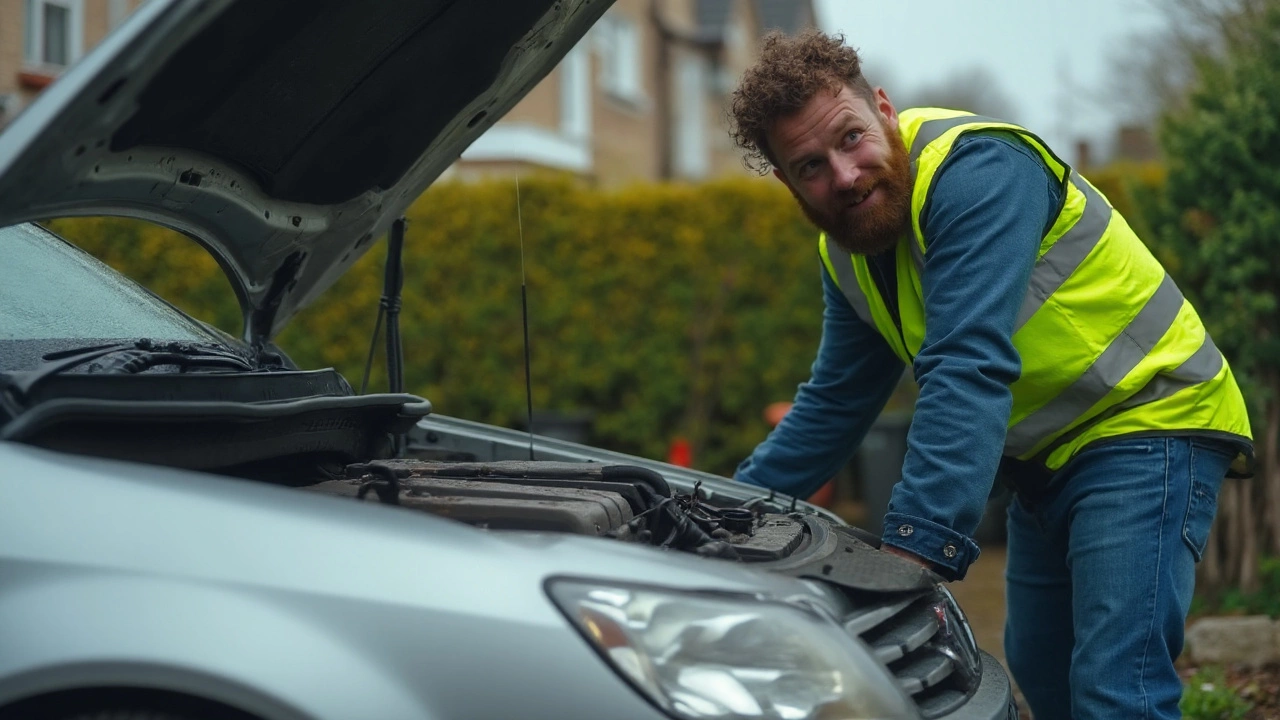Oil Level: How to Check, Maintain, and Avoid Engine Damage
When your car’s oil level, the amount of engine lubricant in the crankcase that keeps moving parts from grinding together. Also known as engine oil level, it’s one of the few things you can check in under a minute that could save you thousands. If it’s too low, your engine starts wearing out inside—fast. Not in weeks. Not in months. Sometimes in seconds. You don’t need a garage or fancy tools to monitor it. Just a dipstick and five minutes.
Low oil level isn’t just a warning light—it’s a countdown. Every time you drive with insufficient oil, metal parts scrape against each other. Bearings, pistons, camshafts—they all suffer. Over time, this leads to sludge, overheating, and eventually, a seized engine. And no, synthetic oil won’t fix this. No oil type can protect an engine that’s running dry. What matters is checking it regularly, especially before long trips or if you’re driving in stop-and-go traffic. Many drivers wait until the dashboard lights up. That’s like waiting for your car to catch fire before checking the fuel tank.
It’s not just about how much oil you have—it’s about what’s in it. Old, dirty oil loses its ability to lubricate, even if the level looks fine. That’s why oil change, the process of draining old engine lubricant and replacing it with fresh fluid to maintain engine performance and longevity. Also known as motor oil replacement, it’s not just a schedule—it’s a necessity tied to your driving habits. If you’re doing short trips in cold weather, oil breaks down faster. If you’re towing or hauling, it gets hotter and thinner. And if you’re ignoring leaks? You’re losing oil without even noticing. A small drip under your car isn’t just a mess—it’s a sign your engine oil, the liquid that reduces friction, cools engine components, and cleans internal parts. Also known as motor oil, it’s the lifeblood of your engine’s internal system. is leaking out.
Check your oil level weekly. Do it when the engine is cold, on level ground. Pull the dipstick, wipe it clean, reinsert it fully, then pull it out again. The gap between the min and max marks isn’t big—but it’s enough to ruin your engine if you ignore it. Top up if you’re near the minimum. But don’t overfill. Too much oil causes foaming, which is just as bad as too little. And never add oil to a running engine. That’s how you get air bubbles, wrong readings, and damaged seals.
What you’ll find below isn’t theory. It’s real advice from drivers who learned the hard way. From what happens when you skip oil changes to how long oil sits before it goes bad, these posts cut through the noise. You’ll see exactly how low oil levels lead to engine failure, why synthetic oil isn’t always the answer, and how to spot trouble before it costs you a new engine. No fluff. No marketing. Just what you need to know to keep your car running—and avoid the tow truck.

Engine Oil Change Signs: When Does Your Car Need Fresh Oil?
Learn the telltale signs your car needs an engine oil change, including symptoms, tips, and facts. Stay ahead of engine problems and keep your vehicle healthy.
August 6 2025